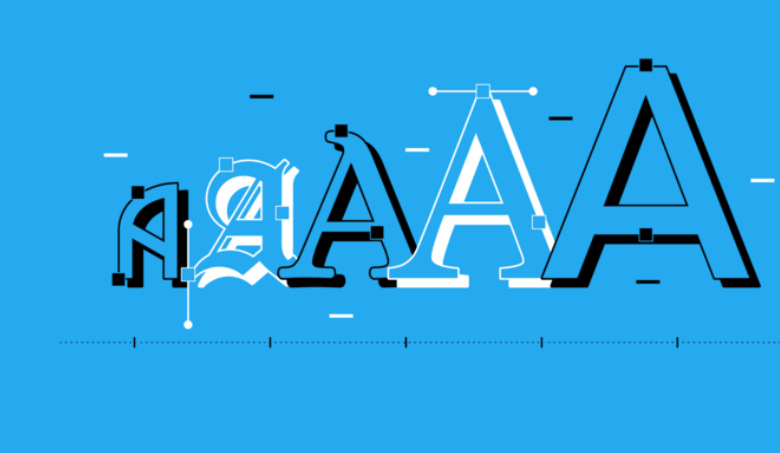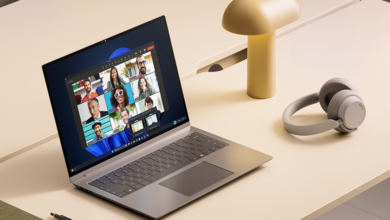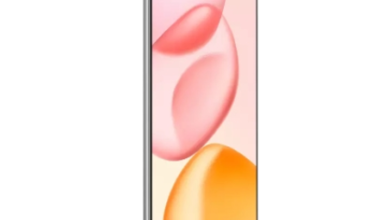Exploring Serif Fonts: Tradition Meets Modern Typography

Serif fonts are typefaces whose characters have small strokes or “feet” at the ends of major strokes. These serifs can be delicate, blocky, flared, or bracketed, depending on the style. Serif fonts have long been associated with readability in printed texts and formal or classical design. Their decorative details help guide the reader’s eye across lines of text, improving the rhythm and flow, especially in long passages such as books, articles, and editorial pieces.
Sub-Categories of Serif Fonts and Their Characteristics
Old-Style, Transitional, and New Style Serifs
Old-Style serifs are classic, warmer, often with moderate contrast between thick and thin strokes. Transitional serifs emerged later and have stronger contrast and more refined serifs. New Style (sometimes called Didone) serifs are high contrast, elegant, with fine serifs and vertical stress. These sub-categories allow designers to pick serif fonts that suit the tone—from nostalgic or historical, to formal and refined.
See also: Pornocaricoca Stocks to Watch for Maximum Growth
Slab Serifs and Display Serifs
Slab serifs are more robust: their serif strokes are thicker, block-like, and can appear more modern or sturdy. They often carry impact in headlines, posters, signage, or branding. Display serifs are fonts intended for large sizes, short texts—headings and titles—where their decorative features can be appreciated. Display serifs often push the aesthetic further, with stylized forms, fancy details, or strong contrasts.
Examples from the TypeType Serif Collection
The TypeType foundry offers a wide range of serif fonts, covering many of these sub-categories and providing strong options for designers who want serif styles.
One standout is TT Norms Pro Serif, which is part of TypeType’s functional serif offerings. It has multiple styles and supports large character sets, making it suitable for lengthy text in books, or for editorial work where neutral yet elegant serif styling is needed.
Another example is TT Livret Text, a serif designed with text readability in mind. It has a soft and calm character, and its text subfamily comes with many styles, giving flexibility for subheadings, body text, and display parts within the same font family.
For stylistic headlines and expressive design, TypeType offers the TT Ricordi collection of display serifs: TT Ricordi Nobili, TT Ricordi Allegria, TT Ricordi Fulmini, TT Ricordi Greto, TT Ricordi Marmo, and TT Ricordi Todi. These fonts are designed to draw attention and work well in large sizes—on posters, logos, or aesthetic headlines.
An interesting example from TypeType’s serif collection is TT Bells, which combines features of Old-Style serif fonts with modern geometric solutions. It shows how serif fonts can be adapted and innovated for contemporary design, preserving traditional warmth while being fresh.
Also note TT Marxiana Antiqua, which has a nostalgic sensibility inspired by historic print styles. It bridges between Transitional and New Style serif categories; its character evokes time-past printing aesthetics, ideal for work seeking historical or vintage mood.
Another serif style in their collection is the Slab Serif category: TypeType has slab serif fonts like TT Slabs, TT Slabs Condensed, TT Polls Slab, TT Globs, and TT Geekette. Slab serifs here are used for bold display work, strong branding, and impactful headlines. For instance, TT Globs is a vivid display slab serif designed especially for large point sizes, posters, announcements, and visually strong headings.
Why Use Serif Fonts in Your Design
Serif fonts offer several advantages when used thoughtfully in design projects.
They improve readability in long printed texts. The serifs help guide the eyes from one letter to the next, making reading smoother in books, magazines, or any medium with longer passages.
They bring tradition, authority, and a classical aesthetic. For brands, institutions, or editorial media that want to project reliability, history, or craftsmanship, serif fonts are often appropriate.
Conclusion
Serif fonts bring together history, elegance, and readability in a way few other styles can match. The TypeType serif collection offers designers a spectrum—from understated text serifs to bold, expressive display serifs and slabs—that can serve many design contexts. By understanding the characteristics of serif sub-types, choosing fonts that align with tone, and using them where they shine, designers can elevate their work with timeless beauty and clear, readable typography.





